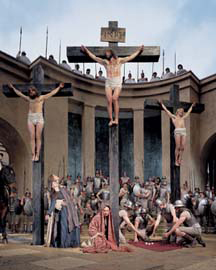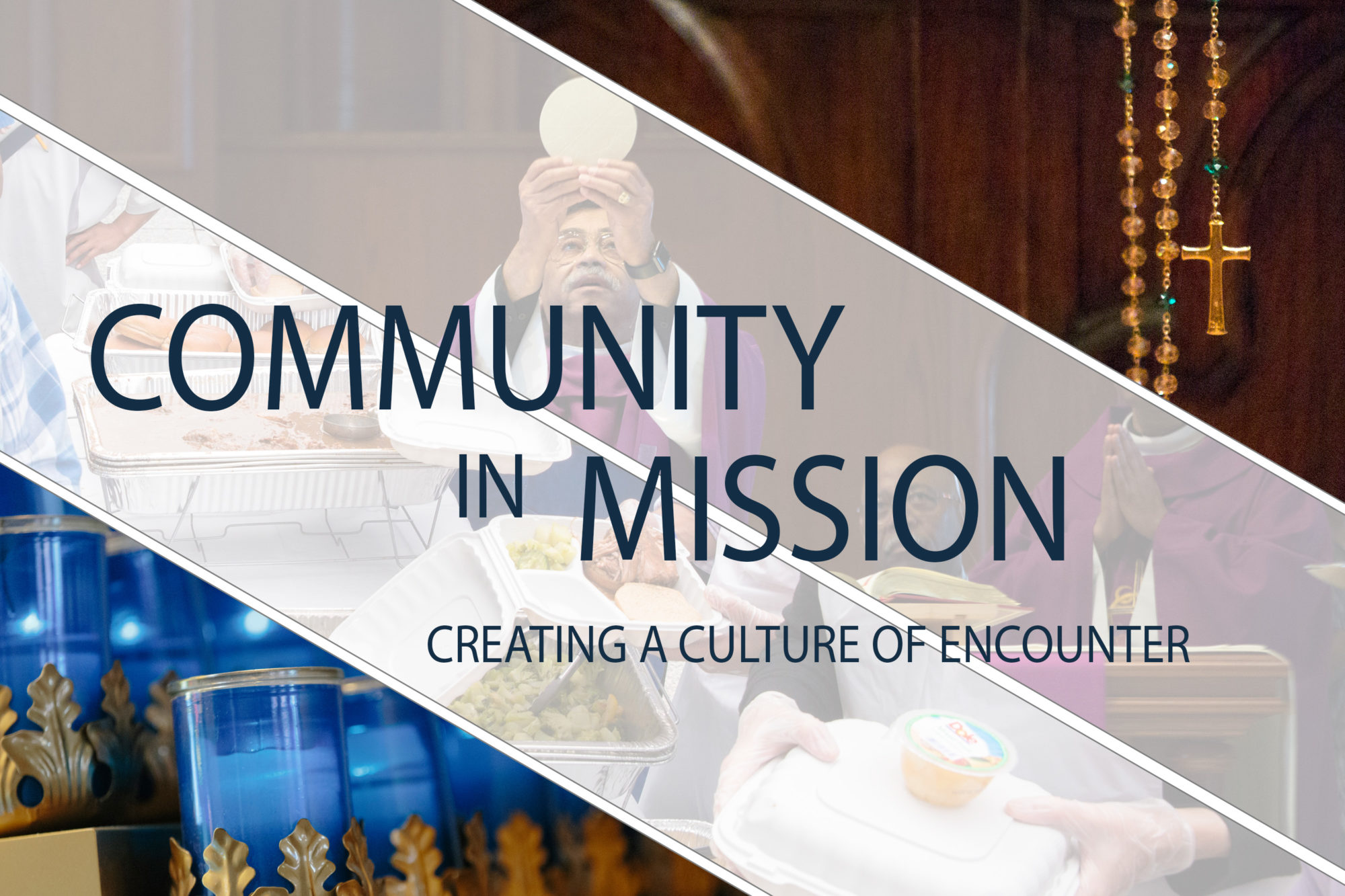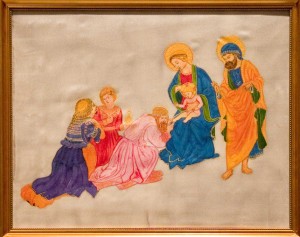 “All of you, who pass this way, stand still, pay attention, and see! Where can one find the kind of love, that can compare to this?”
“All of you, who pass this way, stand still, pay attention, and see! Where can one find the kind of love, that can compare to this?”
This is the refrain of the chorus of the Bavarian town of Oberammergau’s Passion Play.
In 1633, the Black Plague was raging through Europe and it had come to Oberammergau with a vengeance. People were dying and the residents of this small town knelt in prayer before the crucifix in the parish church. One can imagine it was a prayer of great desperation. They made a vow that if they were spared any more deaths they would portray the “passion, death, and resurrection of our Lord Jesus Christ every ten years.” From that day, not another person died and the people of Oberammergau have faithfully kept the promise. What was for a century or so a small production staged in the cemetery of the parish has become a 500 person production staged in a theatre that sits 5,000 and welcomes visitors from all over the world. I was fortunate enough to be one of those visitors two weeks ago. While the amptheatre is state-of-the art and the staging contemporary, it remains a home-grown production. In order to be part of the cast you need to have been born in Oberammergau or be a resident for at least 20 years. More than half of the town’s 5300 residents are directly involved in the production. Currently, the play is staged four-days a week from May through October for a total of 100 shows, though the cast and production team are at work two-years ahead of time preparing for the play season.
Evangelizing at its Best
From the opening lines of the play “Welcome to all, who with us follow the Savior, who came to heal what was wounded, to save what is lost” it is clear that this play is about sharing the good news of Jesus’ life, death and resurrection. The director has taken great pains to be faithful to the original text written by Fr. Jospeh Daisenberger in the 18thcentury and adapted to represent the best of biblical scholarshipsince that time. More importantly, the director is also committed to taking full advantage of the opportunity for evangelization. It is a grand expression of the laitys’ full and active participation in the evangelizing mission of the church.
Ancient yet ever New
Ten years ago, they made a decision to incorporate into the play more of Jesus’ teaching, for example the Beatitudes and the Our Father because they are aware that many people who come to the play today may not be familiar with the Gospel story or even believers. In an effort to trace the story of salvation the play combines tableaus of key moments from the Old Testament that are made complete in the life and death of our Lord.
For me it was the chorus that brought the production alive and made it more like a mini-retreat than theatre. As Judas betrays Jesus, the chorus sings “Oh Lord, whoever loses you, and leads a life removed from you, proudly rejecting your grace, will walk the darkest of paths! Woe to us, if we apostatize! Woe to us! Have mercy on us all!” I found myself listening intently as I watched this most familiar of stories unfold before me. I think that knowing that the actors are amateurs who have made an enormous commitment to tell this story,you can’t help but see in them a glimpse of their own faith, their desire to reflect their own experience of Jesus mercy and therefore think about my commitment to telling my story of of my experience of Jesus. At the end of the play, everyone exits the stage. The applause begins and one expects the cast to return to take a bow. They do not return. This is not about a production but rather about keeping a promise to tell a story.
Take a peek @ passionsspiele



